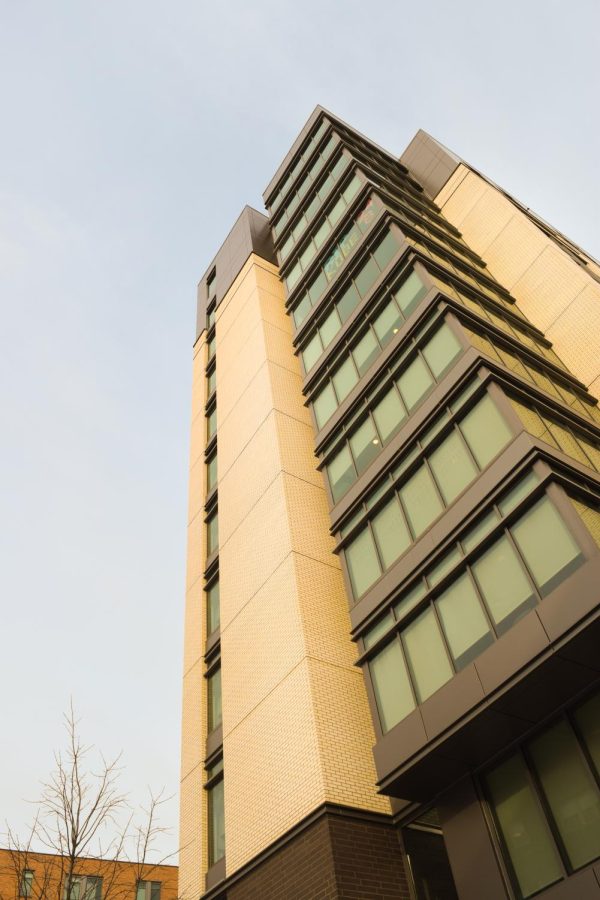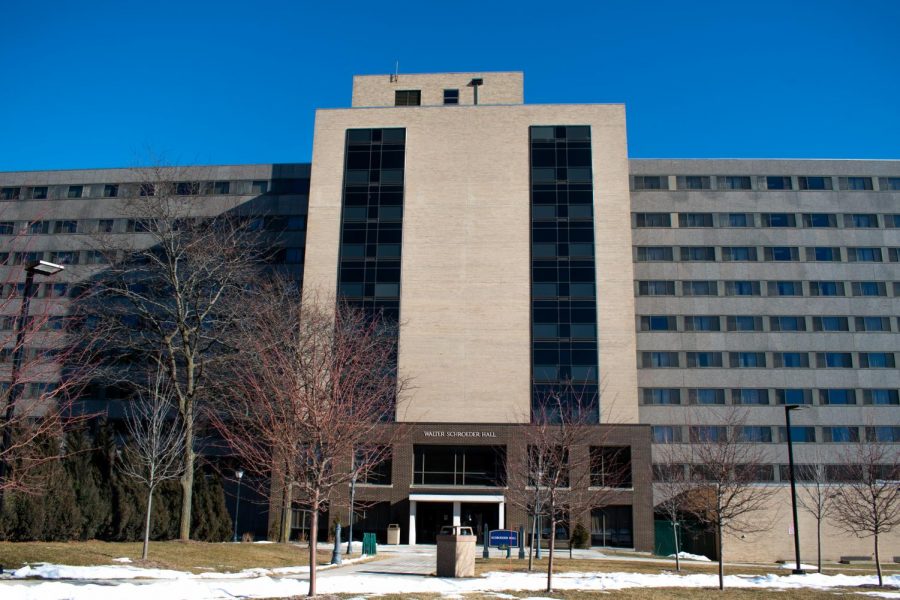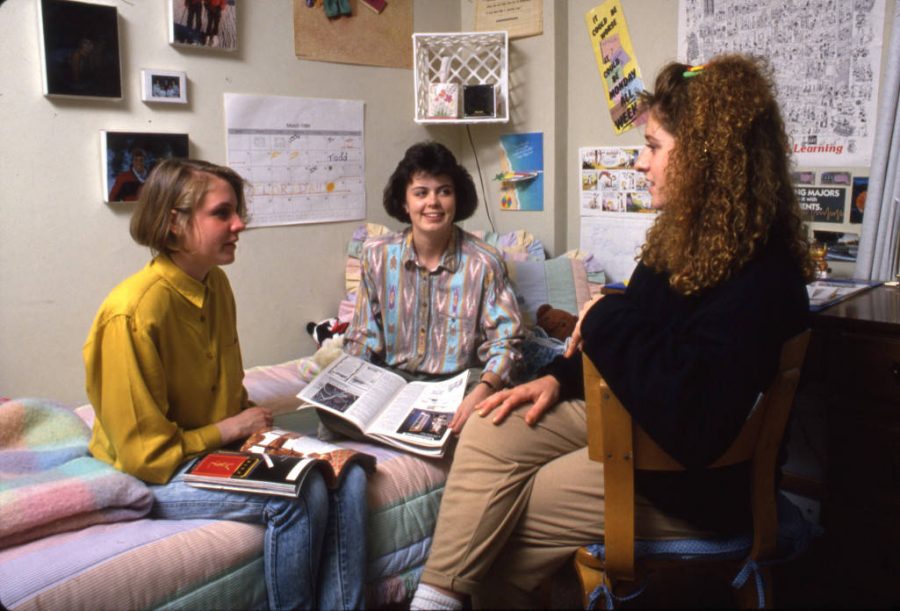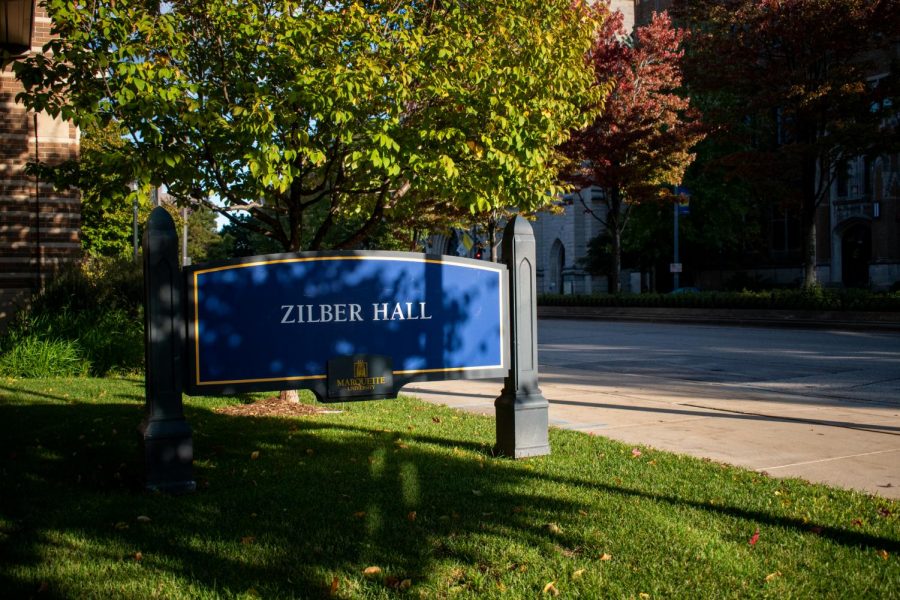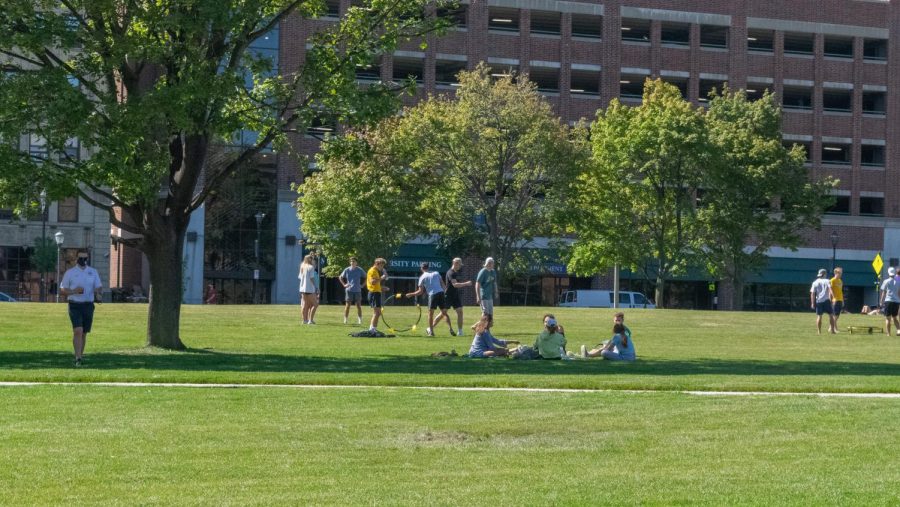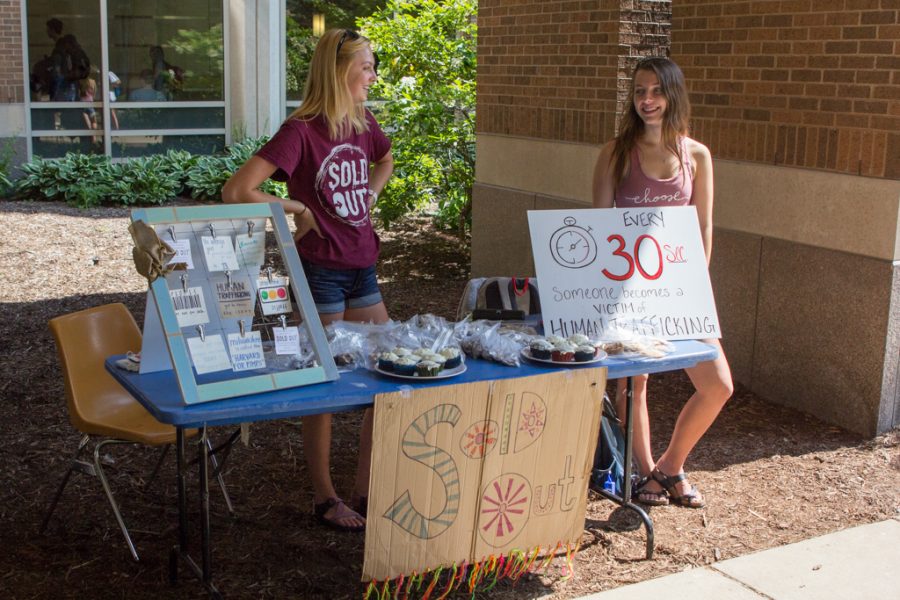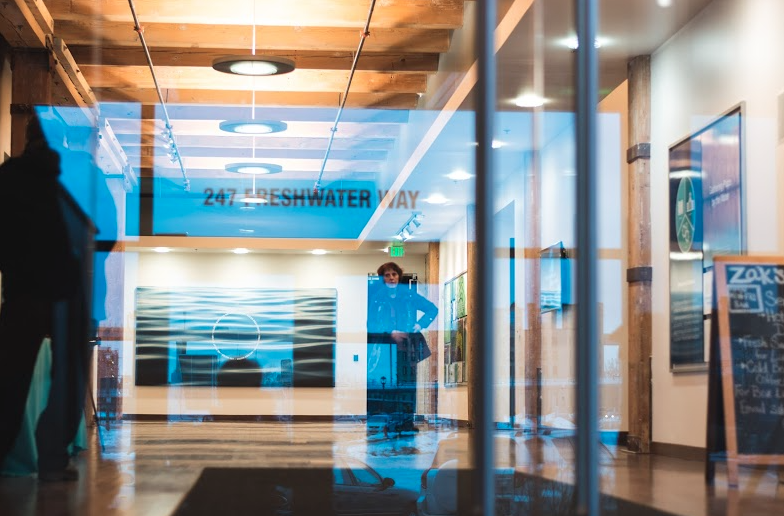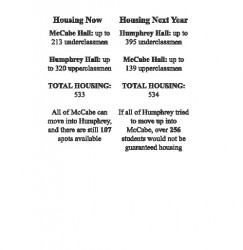 The Office of Residence Life announced on Monday their intent to convert Humphrey Hall into a residence hall in time for the start of the next academic year. As part of the plan, McCabe Hall, which was opened in the fall of 2009, will become a university-owned apartment building. This semester’s overbooking in the dorms led to the decision after years of a consistently growing freshman class and an unprecedented influx of transfer students.
The Office of Residence Life announced on Monday their intent to convert Humphrey Hall into a residence hall in time for the start of the next academic year. As part of the plan, McCabe Hall, which was opened in the fall of 2009, will become a university-owned apartment building. This semester’s overbooking in the dorms led to the decision after years of a consistently growing freshman class and an unprecedented influx of transfer students.
On its surface, it seems like a practical solution. However, as the plan stands now, it seems lacking in preparation. The Humphrey-McCabe switch takes into account only the immediate needs of the incoming student body without considering the effects it will have on upperclassmen in the long run. With changes that will affect the student body so dramatically, it is only fair that university leaders offer us clarity and demonstrate greater foresight in their planning.
As it stands, Humphrey Hall, made up of one and two-bedroom apartments, can house, at maximum capacity, approximately 320 upperclassman and graduate residents. With renovations, such as removing kitchen space and turning living areas into sleeping areas, over 75 additional spaces would open up, bringing the building’s capacity up to 395 residents. With a greater number of bed spaces for underclassmen, the need for makeshift accommodations in common areas, as we saw this fall in McCormick Hall, would decrease significantly.
However, the switch cuts back on an already extremely limited amount of living space for upperclassmen and graduate students. Humphrey Hall has an average occupancy each year of approximately 190 students, due to residents choosing to buy out apartment space, according to an email from Sean Berthold, Assistant Director of Housing Services. As part of the plan, McCabe Hall’s doubles and triples would be converted into 35 studios and 52 one-bedroom apartments, bringing its capacity down from 213 underclassmen to a maximum of 139 upperclassmen. Even if all current Humphrey Hall residents transplanted directly to McCabe, at least 51 students would be left without guaranteed housing
The main issue with the entire plan is, while it seems to create more living space, it only truly manages to shift around the limited space we already have. Yes, underclassmen will be accommodated, but what happens when that same incoming class ages out of the residence halls and must move into off-campus housing? If all of Humphrey Hall’s underclassman population tried to move into McCabe Hall, over 256 students would not be guaranteed housing. With Humphrey out and McCabe’s offerings limited, upperclassmen will be displaced into a neighboring housing market so tight that leases are signed almost a year in advance. The limit in available housing may further exacerbate the housing scramble that erupts each year.
At this point, students who planned to renew their leases in Humphrey Hall are now at a disadvantage, with similar housing alternatives across campus already claimed. Such a switch can potentially force students to commute from home, or compel them to move beyond the Department of Public Safety’s boundaries.
At his inauguration, President Michael Lovell announced several expansion initiatives, including the purchase of seven acres of property behind Straz Tower. Whether that land will include additional student housing is not yet known. In light of the housing shortage arising on campus, it is a use that should be considered. Yet even if that occurs, it will no doubt be several years before the housing issue is fully resolved, by which time several classes of students will have faced limited housing options.
The Humphrey-McCabe switch, while well-intended, seems hasty. As we move forward with our discussion of transition and expansion on campus, our administration must keep in mind the long-term ramifications of such immediate solutions.

